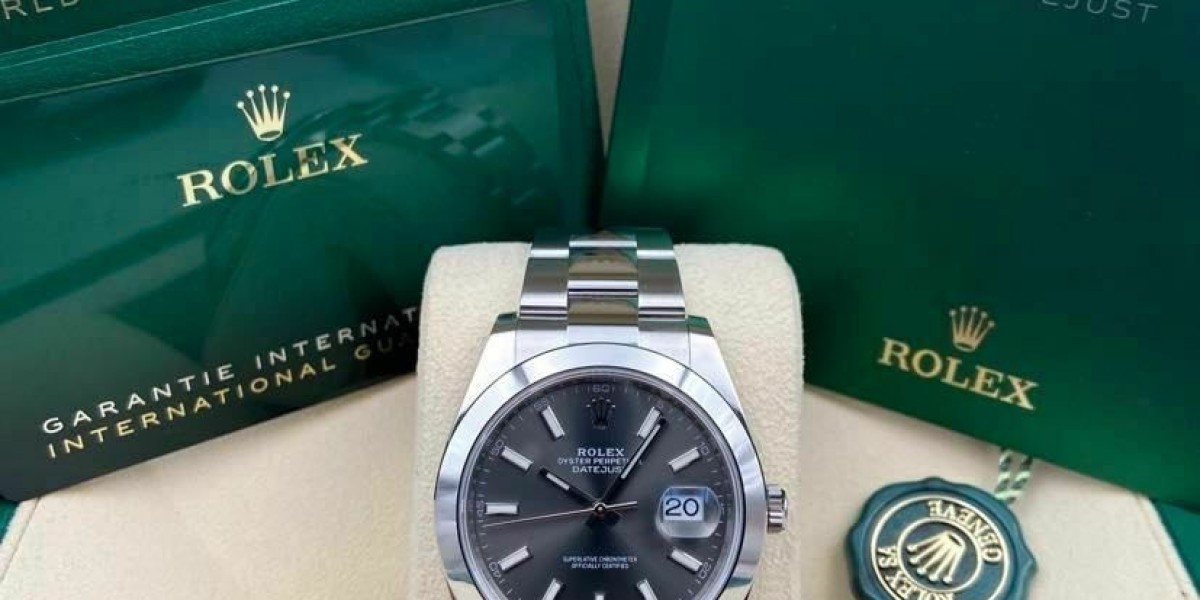Rolex is a name synonymous with luxury watchmaking, understood for its accuracy, longevity, and timeless layout. Consequently, there is a flourishing market for Rolex reproductions, which aim to mimic the esteemed brand name at a fraction of the price. However, the question remains: for how long do these replicas actually last?
Replicas of high-end watches like Rolex are normally made with more affordable products and less focus to information than their genuine equivalents. This can lead to problems regarding the durability and durability of these Perfect replica Watches timepieces. To investigate this concern, we conducted a clinical research study to evaluate the lifespan of Rolex reproductions and determine their general top quality.
In our research study, we acquired a choice of Rolex replicas from numerous sources, including on the internet sellers and neighborhood markets. We chose reproductions that very closely looked like popular Rolex versions, such as the Submariner and Datejust, to guarantee a depictive sample. Each reproduction underwent a series of tests to assess its performance and sturdiness with time.
Initially, we examined the products utilized in the building and construction of the reproductions. Genuine Rolex watches are recognized for their high-grade materials, consisting of stainless-steel, gold, and sapphire crystal. In comparison, replicas are commonly made with inferior materials such as low-grade stainless steel, plastic, and mineral glass. We did a collection of examinations to gauge the resilience and scrape resistance of these products, including damaging the surface area with a variety of tools and exposing it to rough chemicals.
Next, we checked out the activity of the reproductions. Authentic Rolex watches are renowned for their precise and trustworthy activities, usually including Swiss-made mechanical activities. Replicas, on the other hand, are usually outfitted with low-cost quartz movements or low-quality automated motions. We carried out a series of tests to examine the accuracy and integrity of the activities in the replicas, consisting of examining the timekeeping performance and motion of the hands.
Along with examining the materials and motion of the replicas, we likewise performed examinations to examine their water resistance. Genuine Rolex watches are known for their water resistance, with some versions capable of diving midsts of approximately 300 meters. Replicas might declare to be water-resistant, but their ability to stand up to water direct exposure is often suspicious. We examined the water resistance of the replicas by immersing them in water at various depths and durations to identify their efficiency under real-world conditions.
Overall, our research discovered that Rolex reproductions generally have a dramatically shorter life expectancy than authentic Rolex watches. The inferior products made use of in the building of reproductions, such as low-grade stainless-steel and plastic, make them a lot more vulnerable to scratches, dents, and various other damage. The cheaper movements discovered in reproductions can likewise cause concerns with precision and dependability gradually.
In terms of water resistance, a lot of reproductions failed to fulfill the requirements set by authentic Rolex watches. While some reproductions claimed to be waterproof, numerous began to show indications of water damages after being immersed for only a brief time period. This can be a significant worry for consumers who count on their watches to endure water exposure in daily scenarios.
Finally, while Rolex replicas may provide an extra affordable option to authentic Rolex watches, they are not built to the very same high criteria of high quality and durability. Replicas are much more likely to show indicators of wear and damage with time, specifically when subjected to everyday damage. For consumers who value longevity and performance in their watches, purchasing a genuine Rolex watch may be the very best choice.








